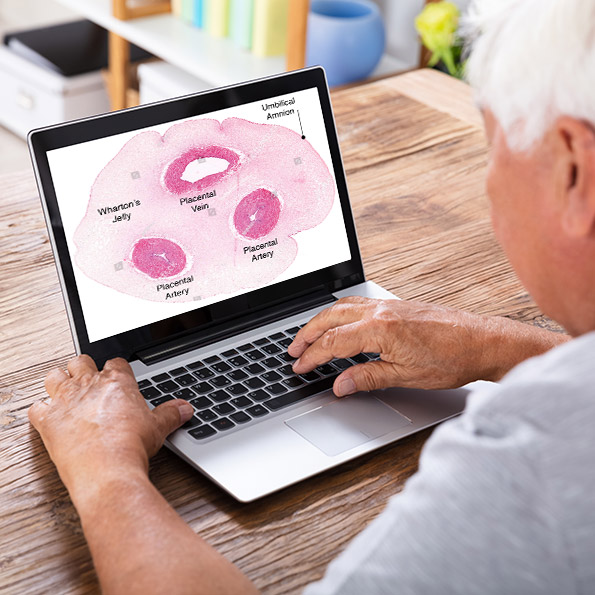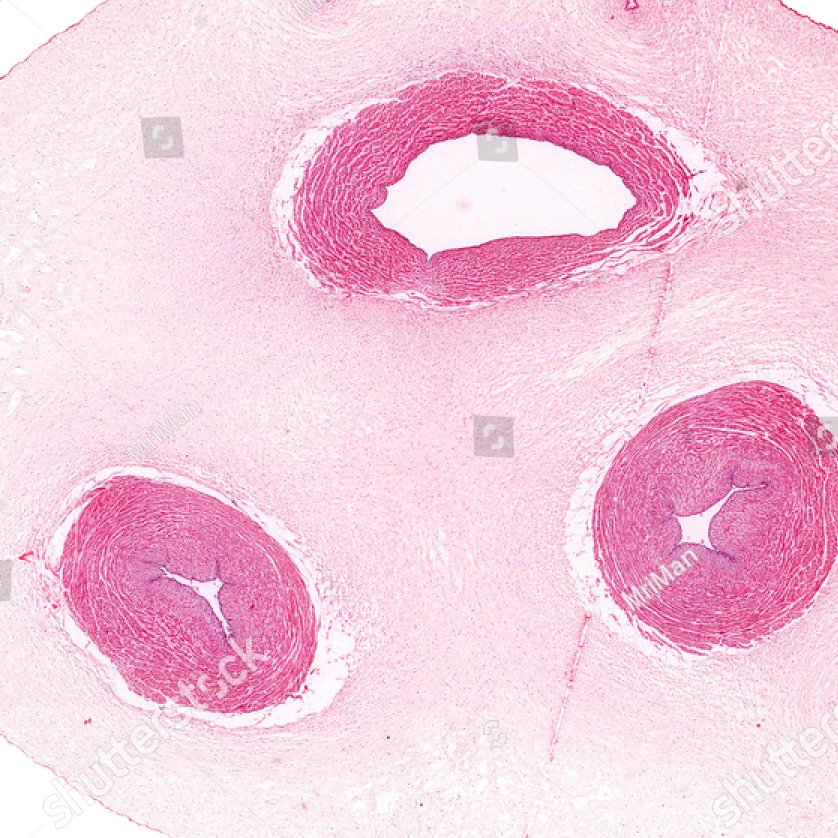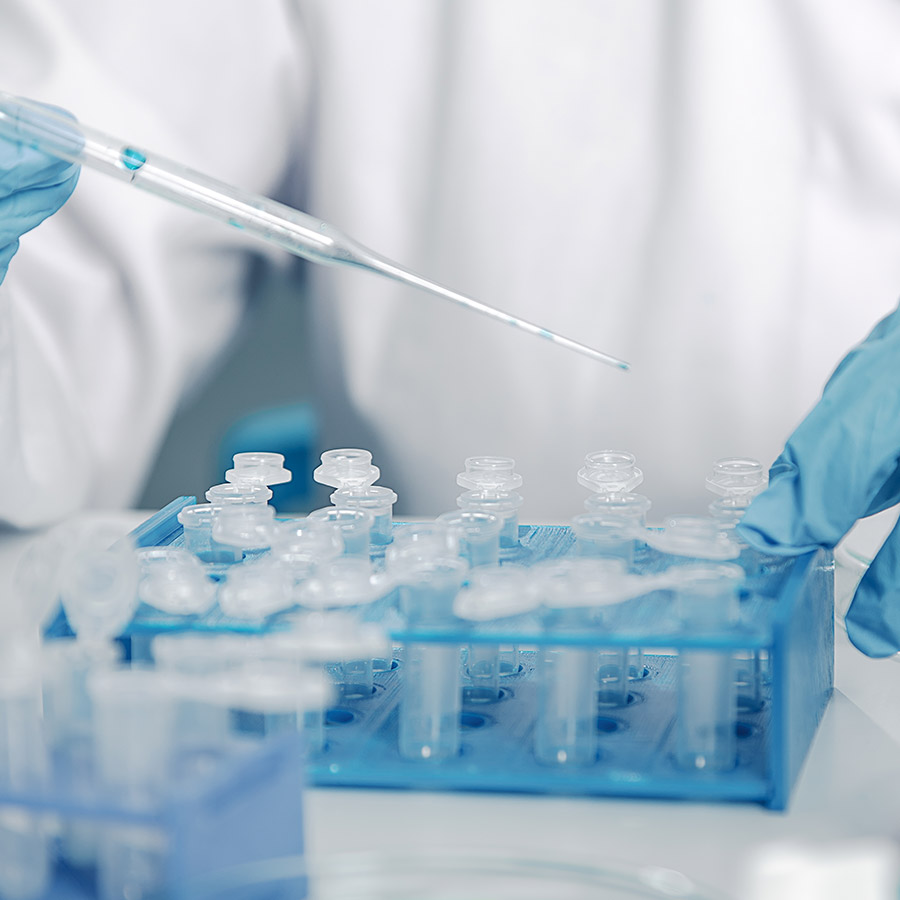Tissue derived from human placentas has been used therapeutically in some form for over 100 years.
Why placental tissue?
This tissue has anti-inflammatory, anti-scarring, anti-microbial, anti-adhesion and pro-angiogenic properties that have been shown to be effective in treating many different types of wounds and in compromised surgical sites.
There are three main components of the tissue, which all contribute to its regenerative properties:
- Living cells
- Extracellular matrix
- Growth factors
Is placental tissue available for clinical use?
There are now many different human placental tissue products that have been preserved and contain different placental components in varying quantities.
As clinical demand has increased, preservation techniques have been developed to manufacture clinical products that can be stored for long periods and screened to prevent transmission of disease.
Initially dehydration was developed, which allowed off-the-shelf use of devitalized product. Cryopreservation then followed with the ability to preserve all components of the tissue including the living mesenchymal stem cells which are known to facilitate regeneration and thus a greater healing potential; however, cryopreserved tissues must be stored at -80°C and thus require specialized freezing equipment. More recently optimized lyopreservation methods have been developed which also enable preservation of all components with the added benefit of storage at room temperature, these tissues have shown similar efficacy to cryopreserved products.
- Banerjee J, Dhall S. Therapeutic benefits of treating chronic diabetic wounds with placental membrane allografts. In: Bagchi D, Das A, Roy S, eds. Wound Healing, Tissue Repair and Regeneration. Academic Press, Cambridge, MA, USA 2020:323–335.
- Reyzelman AM, Vartivarian M, Danilkovitch A, Saunders MC. A prospective, single-center, open-label case series evaluating the clinical outcomes of lyopreserved placental membrane containing viable cells in the treatment of chronic wounds. Wounds. 2019;31(4):97–102.
- Silini AR, Cargnoni A, Magatti M, Pianta S, Parolini O. The long path of human placenta and its derivatives, in regeneration medicine. Front Bioeng Biotechnol. 2015;3:162.
- Hu MS, Borrelli MR, Lorenz PH, et al. Mesenchymal Stromal Cells and Cutaneous Wound Healing: A Comprehensive Review of the Background, Role, and Therapeutic Potential, Stem Cells Int. 2018.
- Balaji S, Keswani SG, Crombleholme TM, The Role of Mesenchymal Stem Cells in the Regenerative Wound Healing Phenotype, Adv Wound Care (New Rochelle). 2012









